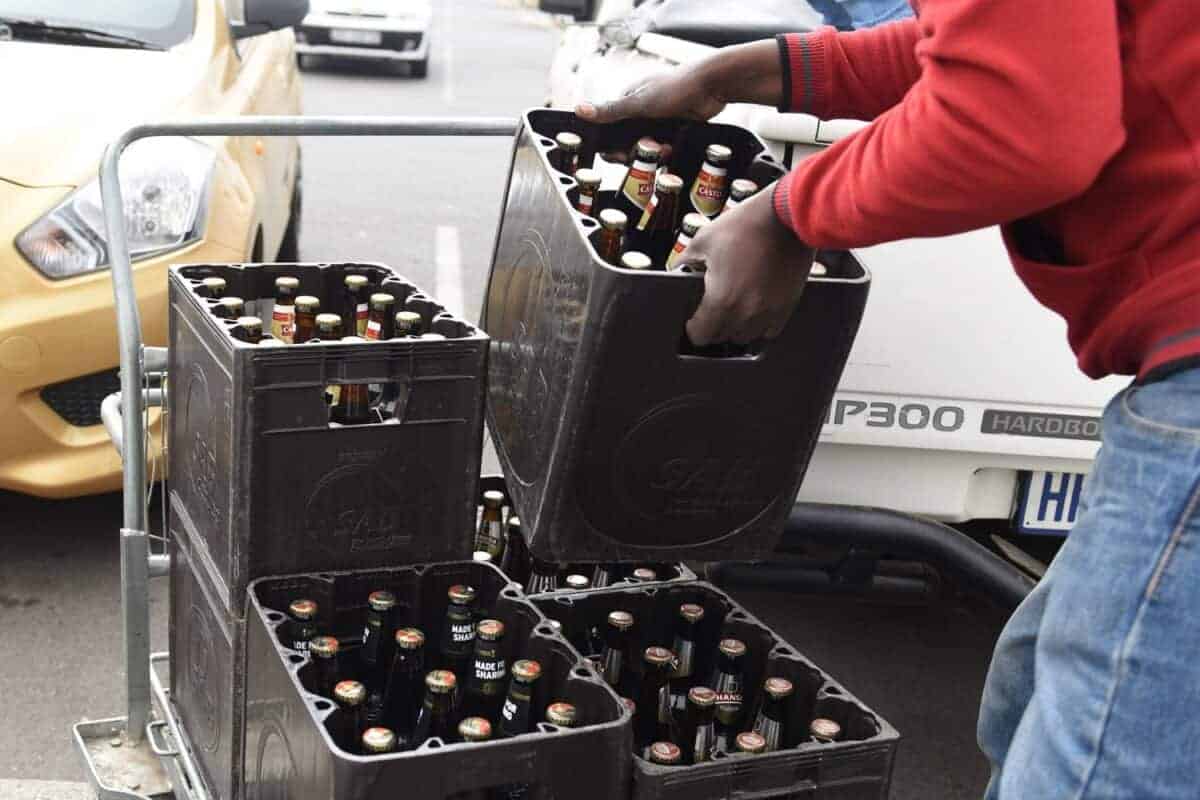The alcohol industry profits while heavy drinking causes widespread harm in poor South African communities.

Recent comments by the South African Breweries (SAB) CEO Richard Rivett-Carnac, reported in Business Day, that minimum unit pricing for alcohol will punish the poor and turbocharge the illicit market, harming both the industry and public safety, must be challenged by fact.
The fact is that the legal liquor industry is a major contributor to injury, disease and death in South Africa.
Alcohol is a factor in about half of all homicides, traffic accidents and gender-based violence in this country.
If the results of the SAB study into illicit alcohol are true – that illegal trade represents about a fifth of the total market – that still means that legally manufactured alcohol contributes up to four-fifths of the total alcohol harm in South Africa.
The major damage is not occasional death from the wrong chemicals in illicit brews, but widespread harm from heavy drinking of all liquor products – whether they’re legal or not.
If the upper daily limit of what could be regarded as “responsible drinking” is two standard drinks per drinker then, on average, drinkers consume 2½ times more than this and most of the excess is manufactured by the companies that now appeal to public safety as a reason not to introduce minimum unit pricing.
ALSO READ: Saps probes officers after video shows police offloading beer bottles at liquor store
SAB undercuts its words with its actions.
Just one of its one-litre bottles of Castle Lager contains enough pure alcohol to push a drinker’s blood alcohol content well above the legal driving limit of 0.05%.
Those bottles are sold 2½ times cheaper per litre than the equivalent amount in three 330ml containers.
This price difference is so large that it cannot be due to cost-savings in the manufacturing process and suggests a deliberate design to promote excessive consumption.
There is evidence from South Africa that bigger containers encourage people to drink more. It is the price of these larger containers that will be most affected by the introduction of a minimum price per unit of alcohol.
We must challenge the assertion that minimum unit pricing will punish the poor.
ALSO READ: KZN woman arrested for R120 000 illicit alcohol
A 2018 study of alcohol-related mortality in South Africa found that the death rate from alcohol in poorer communities is 4½ times higher than wealthier ones.
Many people in poorer communities drink to escape the hardships of daily life in the absence of recreational alternatives.
High rates of misery make it far harder for a person to “drink responsibly” than someone experiencing the good life.
The alcohol industry capitalises on their misery, flooding their communities with large quantities of liquor at lower prices.
It is this behaviour that punishes the poor, not the proposed introduction of minimum unit pricing.
Where minimum unit pricing has been introduced in other countries like Scotland and Wales, it has achieved its aim of reducing the prevalence of heavy drinking, with positive health benefits for poorer consumers.
ALSO READ: Mlindo The Vocalist releases his long-awaited album on Mandela Day as a way of ‘giving back’
With the introduction of minimum unit pricing, there may be some growth of the illicit market, which could affect tax revenues but that must be dealt with in the same way that illicit cigarettes should be – with effective enforcement of a track-and-trace system from the point of production to the point of sale.
However, the liquor industry’s claim of massive growth in illicit sales is dubious, given that legal alcohol sales have grown substantially over the past decade.
There is no evidence of significant erosion of the market.
The role of extra taxation of the liquor and tobacco industries is to make them pay for the damages they cause to society.
Government should not be confused by perverse logic.
If the liquor industry caused less harm to our society in the first place, Treasury would need less money to pay for its damages.
NOW READ: Report reveals 1 in 5 alcoholic drinks are fake: Here’s how to spot them






